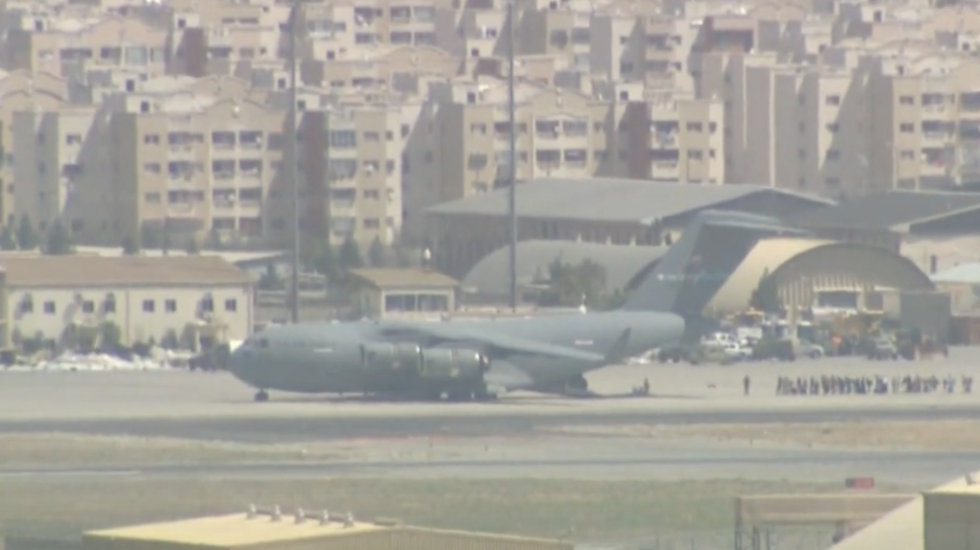As the U.S. resumed evacuation flights out of Kabul a day after 13 service members were killed in attacks outside the airport, word is getting out about a daring rescue operation by American veterans of the 20-year war in Afghanistan.
According to ABC News, an all-volunteer group consisting of current and former Special Forces operatives, aid workers and intelligence officers all came together for an extraction operation called “the Pineapple Express” that managed to extract more than 600 Afghan allies.
Working under the cover of night to avoid Taliban checkpoints around the city, the group scrambled to shepherd Afghan allies and their families to safety. Members of the group say that by Thursday morning, the “off the books” operation managed to safely escort as many as 500 Afghan special operators, handlers, assets and their relatives to the Kabul Airport overnight, into the protective custody of the U.S. military.
That number is in addition to 130 others in the past ten days that “Task Force Pineapple” was able to smuggle past the cordon of Taliban fighters that surrounds the airport. Army Lt. Colonel Scott Mann, a retired Green Beret commander, led the unsanctioned rescue mission. The operation began on August 15 with a modest goal — the safe extraction of a former Afghan commando who had worked with Mann before, and who was being hunted by the Taliban. The retired commander told ABC News that the volunteer operatives were smuggling evacuees into the airport up until literally moments before Thursday’s deadly attacks.
He also credited active U.S. military personnel at the airport who, despite being ordered not to go beyond the airport boundaries, offered crucial assistance such as overwatch, and stayed in communication with some of the members of the “Pineapple Express” ground team. In the encrypted chat room communications, those ground forces were identified as “conductors” of this Afghan Underground Railroad; the people guiding them remotely were the “shepherds”; the Afghan evacuees were known as “passengers.”
The Afghans would remain hiding in the darkness until they were summoned through their smartphones. Once they received it, the passengers would hold up their smartphones with a graphic of yellow pineapples on a pink field.
“This Herculean effort couldn’t have been done without the unofficial heroes inside the airfield who defied their orders to not help beyond the airport perimeter, by wading into sewage canals and pulling in these targeted people who were flashing pineapples on their phones.”
Army Lt. col. Scott Mann
ABC News, which was able to observe the operation play out in real time after assuring it would not report on it until it was completed, describes the extraction as a complex mission that used modern technology and also benefited from some good fortune.
The effort since he was saved in a harrowing effort, along with his family of six, reached a crescendo this week with dozens of covert movements coordinated virtually on Wednesday by more than 50 people in an encrypted chat room, which Mann described as a night full of dramatic scenes rivaling a "Jason Bourne" thriller unfolding every 10 minutes.
The small groups of Afghans repeatedly encountered Taliban foot soldiers who they said beat them but never checked identity papers that might have revealed them as operators who spent two decades killing Taliban leadership. All carried U.S. visas, pending visa applications or new applications prepared by members of Task Force Pineapple, they told ABC News.
Former Green Beret Capt. Zac Lois, known as the underground railroad’s “engineer,” said the system they put together to smuggle the Afghan people out was based on Harriet Tubman’s Underground Railroad used to whisk American slaves to safety under the protective cover of darkness.
Captain Lois said Task Force Pineapple was able to get hundreds of people to safety in a little over a week, despite having been assembled in days.
“That is an astounding number for an organization that was only assembled days before the start of operations and most of its members had never met each other in person,” Lois told ABC News.
